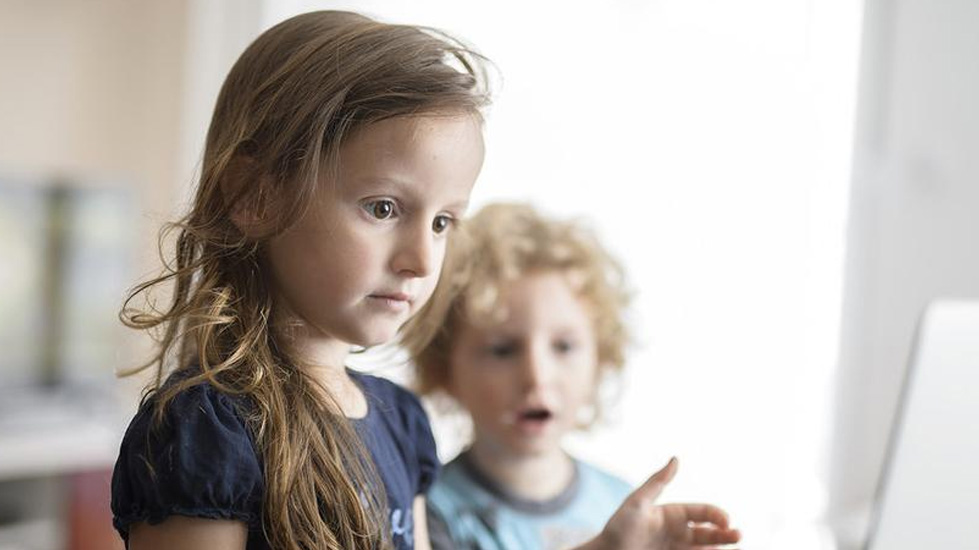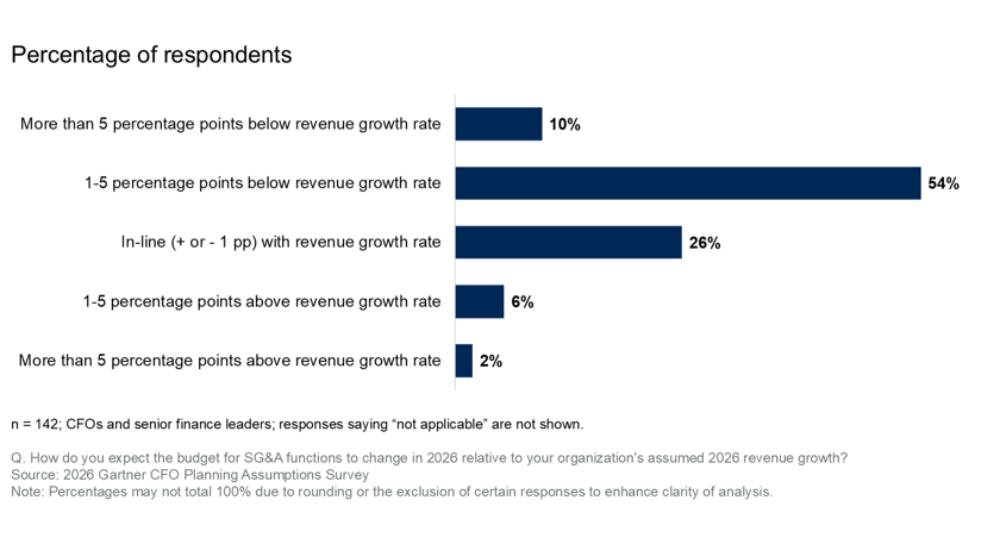They found that half of all students currently out of the classroom – or nearly 830 million learners globally — do not have access to a computer. Additionally, more than 40 per cent have no Internet access at home.
The figures were compiled by the Teacher Task Force, an international alliance coordinated by UNESCO, using data from the UN agency’s Institute for Statistics and the International Telecommunication Union (ITU).
“These inequalities are a real threat to learning continuity at a time of unprecedented educational disruption”, said Stefania Giannini, UNESCO Assistant Director-General for Education.
Classrooms closed in 191 nations
The COVID-19 pandemic has forced school closures in 191 countries, affecting at least 1.5 billion students and 63 million primary and secondary teachers.
Disparities in distance education are particularly evident in low-income countries. Nearly 90 per cent of students in sub-Saharan Africa do not have household computers while 82 per cent are unable to get online.
And although having a mobile phone can support young learners, in accessing information or connecting with their teachers, for example, around 56 million live in areas that are not served by mobile networks; almost half in sub-Saharan Africa.
Teachers also are struggling with the rapid transition to online learning, even those in countries with reliable infrastructure and household connectivity. They also need to be trained to deliver distance and online education. Again, countries in sub-Saharan Africa face the greatest challenges.
Coalition for action
“While efforts to provide connectivity to all must be multiplied, we now know that continued teaching and learning cannot be limited to online means”, said Audrey Azoulay, UNESCO Director General.
“To lessen already existing inequalities, we must also support other alternatives including the use of community radio and television broadcasts, and creativity in all ways of learning.”
In late March, UNESCO and partners launched the Global Educational Coalitionto develop solutions to make digital learning more inclusive. Objectives include helping countries to mobilize resources to provide remote education through hi-tech, low-tech and no-tech approaches.
The Coalition consists of 90 public and private partners which include the ITU, sister UN agency the International Labour Organization (ILO), and other entities which support teachers.
UNESCO has been holding weekly webinars on the educational dimension of the pandemic, with participants coming from across the globe.
While the webinars address different topics, they will all consider strategies to maintain education continuity, especially for underprivileged children and young people, and to ensure that all students can return to the classroom when schools re-open.




